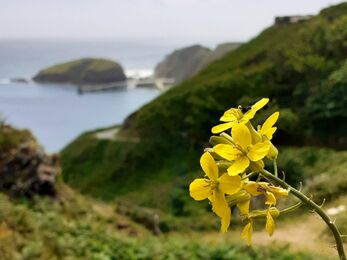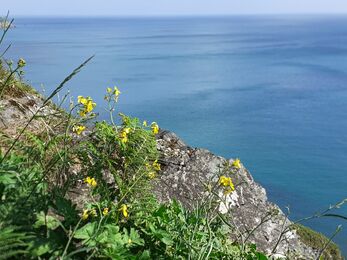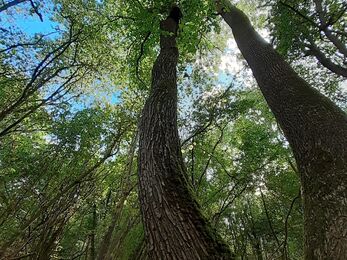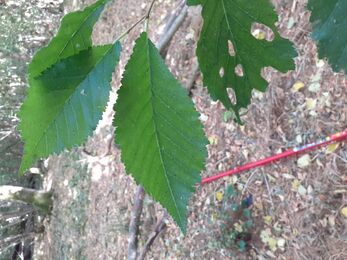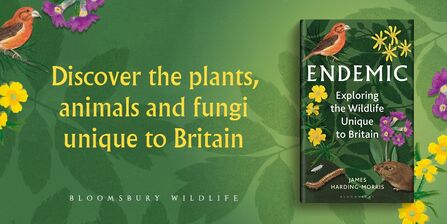Imagine, for a moment, that Britain – the landmass and islands that make up England, Wales and Scotland – suddenly vanished. Let’s set aside the unsettling apocalyptic imagery that conjures and focus on a very specific conservation question: if these islands vanished, what wildlife would be irreplaceably lost?
This is when you realise that the overwhelming majority of our species are found elsewhere. Our species of badger is found across most of Europe. The pedunculate or ‘English’ oak is found across all of Europe and into Asia. The golden eagle is found all the way around the Northern Hemisphere. The robin that sings in your garden, the beech that spreads its branches across your local park, the otter that slips into a river – these are all species that can be found far beyond our borders. If Britain disappeared tomorrow, most of the species that live here would persist elsewhere.
What is ours alone?
What do we have that is globally irreplaceable? It’s a question that I explore in my new book, Endemic, which is devoted entirely to the stories of Britain’s unique species. After much reading and research, I have come up with a list of around 700 species found nowhere else in the world. That figure breaks down into:
- 641 plants
- 33 lichens
- 22 invertebrates
- 5 mosses
- 1 liverwort
- and (perhaps) a single vertebrate; a bird
A few of these species, such as the orange-striped stonefly – a stout, colourful, modern representative of an ancient lineage which is found on clean, fast-flowing rivers – are quite widespread in Britain. On the whole, though, the majority of our endemics are quite rare and localised.


